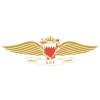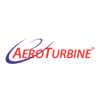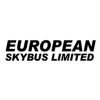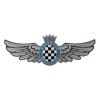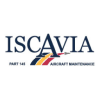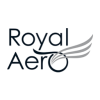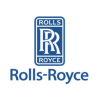Wide Body Aircraft
A twin aisle aircraft with a fuselage over 5 meters wide, typically used for medium to long haul flights.
WIDE BODY AIRCRAFT
Wide body aircraft engines operate under prolonged high thrust conditions, demanding rigorous and regular internal inspection.
Borescope inspections for these engines focus on early detection of fatigue, thermal degradation, and foreign object impact to ensure safe long range operations and compliance with extended-range twin-engine operational performance standards (ETOPS).
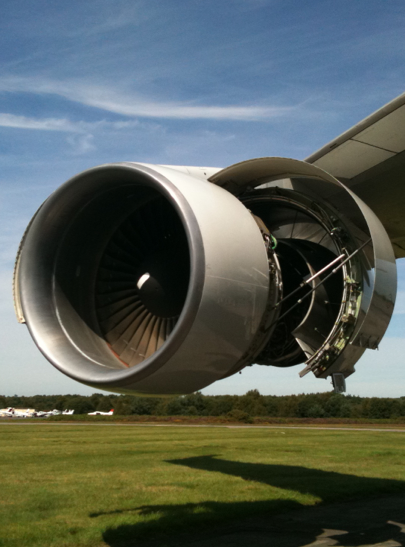
High Thrust & High Temperature Areas
Inspections prioritise zones subjected to extreme stress, such as HPT vanes/blades, combustor liners, and HPC stages. Conditions like blade creep, tip rub, hot section burning, and stress cracks are closely monitored using precision optics.
Engine Specific Protocols
Wide body engines require model-specific inspection paths and techniques. OEM guidance is followed precisely for access points, component limits, and defect classifications, ensuring findings are valid for airworthiness decisions and ETOPS compliance.
Digital Reporting for Fleet Wide Analysis
Collected data is archived by engine serial number and integrated into airline reliability programs. Trend analysis across large twin-aisle fleets (e.g., B777, A330, B787, B747, A350) supports predictive planning and minimises engine removals during long-haul rotations.
WIDE BODY AIRCRAFT
Inspection Planning & Operational Context
Wide body borescope inspections are conducted during scheduled heavy checks (e.g., C or IL), post-event diagnostics, or pre-ETOPS validation.
Due to the size and complexity of engines, inspections are often coordinated with engine health monitoring systems (EHM) to validate performance alerts.
Findings directly influence time-on-wing estimates, spare engine allocation, and maintenance reserves, making borescope data a critical element of wide-body fleet management.
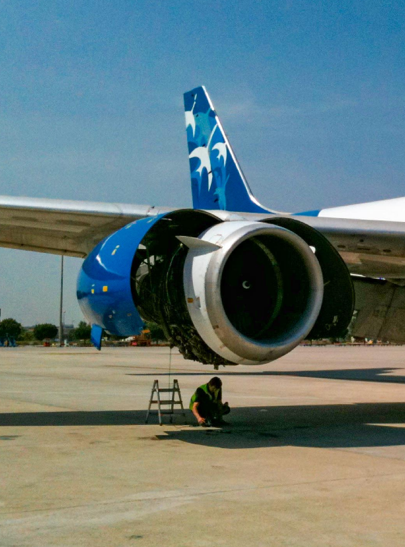
WIDE BODY AIRCRAFT
Wide body aircraft are engineered for long haul and high capacity flights, featuring powerful high bypass turbofan engines.
A300 - A310
The Airbus A300 and A310 wide body aircraft are powered by either General Electric CF6 or Pratt & Whitney JT9D high bypass dual spool turbofan engines. These engines feature multistage axial compressors, annular combustors, and high and low pressure turbines, delivering high thrust and efficiency for medium to long range wide body operations.
A330 - A340
The Airbus A330 and A340 wide body aircraft are powered by Rolls-Royce Trent 700, General Electric CF6, or Pratt & Whitney PW4000 high bypass dual spool turbofan engines. These engines feature advanced multistage axial compressors, annular combustors, and high and low pressure turbines, engineered for high thrust, fuel efficiency, and long range wide body performance.
A350
The Airbus A350 wide body aircraft is powered by Rolls-Royce Trent XWB high bypass dual spool turbofan engines. These engines feature advanced composite fan blades, multistage axial compressors, annular combustors, and high and low pressure turbines, optimized for exceptional fuel efficiency, reduced emissions, and long range performance.
B767, B747, B777 & B787
The Boeing 767, 747, 777, and 787 wide body aircraft are powered by a range of high bypass dual spool turbofan engines including the GE CF6, PW4000, RB211, GE GE90, Rolls-Royce Trent 800, Trent 1000, and GEnx. These engines feature advanced multistage axial compressors, annular combustors, and high and low pressure turbines, incorporating technologies such as composite fan blades and large diameter fans to deliver optimised thrust, fuel efficiency, and long range performance across multiple generations of wide body platforms.
DC10
The McDonnell Douglas DC-10 wide body aircraft is powered by General Electric CF6 or Pratt & Whitney JT9D high bypass dual spool turbofan engines. These engines feature multistage axial compressors, annular combustors, and high and low pressure turbines, designed to provide reliable thrust and efficiency for long range wide body operations.
Tristar
The Lockheed L-1011 TriStar wide body aircraft is powered by Rolls-Royce RB211 high bypass dual spool turbofan engines. These engines feature multistage axial compressors, annular combustors, and high and low pressure turbines, delivering reliable thrust and efficiency for medium to long range wide body operations.


